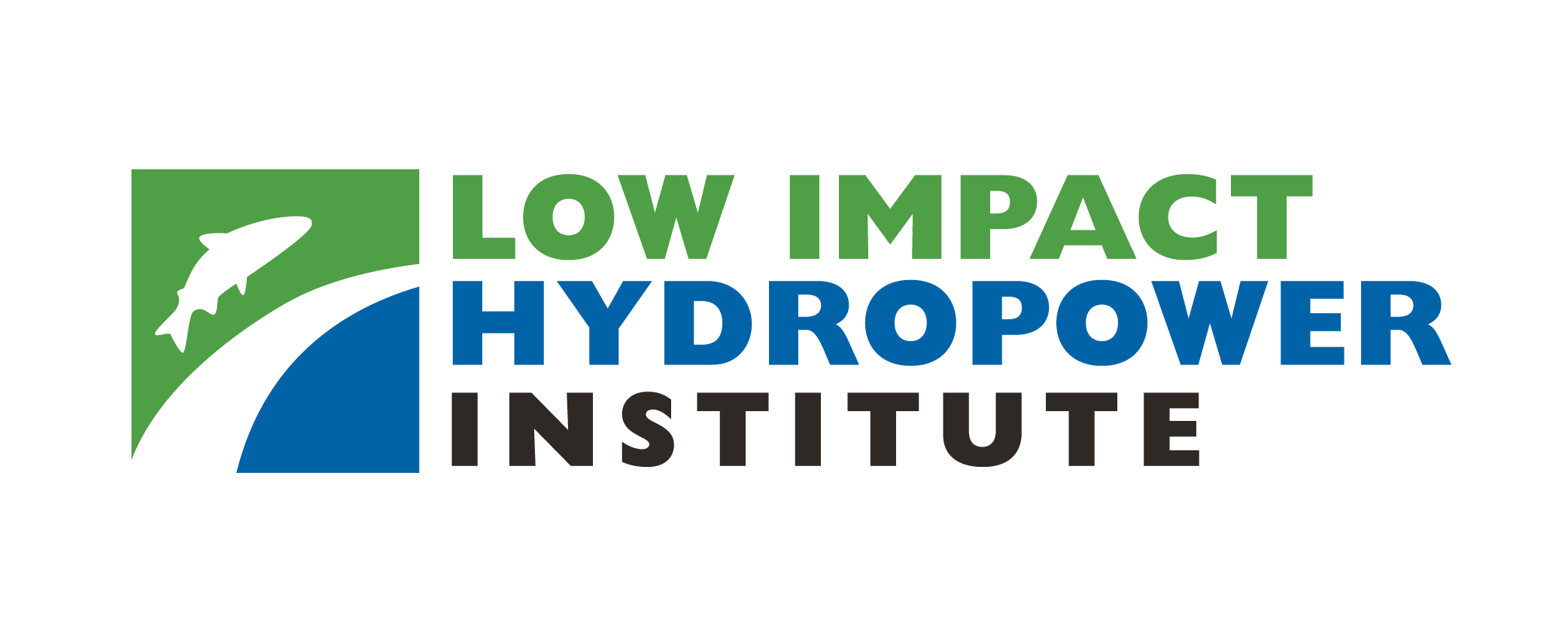LIHI 證書 #3 - 康乃狄克州普特南項目

| 項目名稱 | 普特南 |
| 理海證書編號 | 3 |
| LIHI 證書期限 | 2017年4月10日 – 2027年4月10日 |
| 擁有者 | 普特南水電公司 |
| 狀態 | 康乃狄克州 |
| 地點 | 位於康乃狄克州東北角奎尼帕格河 38.4 英里處。 |
| 裝置容量 | 0.6兆瓦 |
| 平均年發電量 | 2,750 兆瓦時 |
| 設施類型 | 徑流 |
| 聯邦能源監管委員會 不。 | P-5645 豁免 1982 |
普特南計畫位於康乃狄克州東北角的普特南鎮,奎尼巴格河畔。這 壩 可以追溯到 1830 年左右的內戰前時期, 發電站 建於 1919 年。經過長時間的停駛和整修後,該水力發電計畫於 1987 年 10 月開始運作。此專案位於上游 MSC 水力發電計畫和下游 Cargill Falls 計畫之間。附近的其他項目包括 梅卡尼克斯維爾計畫(LIHI #74) 沿著法國河上游 Quinebaug 開發案(LIHI #166 的一部分) 奎尼巴格河下游計畫包括一座水壩、發電廠、 溢洪道,以及兩個 弗朗西斯式水輪機.
大壩高 14.5 英尺,長 145 英尺,由石塊砌成。發電站位於西壩 鄰接 開放 水槽 將水輸送到兩個相同的垂直軸弗朗西斯式渦輪機。由於發電站毗鄰大壩,工程區域內沒有繞河段。該項目在 徑流 模式並蓄水2英畝的水庫。該計畫為河流下游提供了最低 144 立方英尺/秒的流量。此流動制度是在與美國魚類和野生動物管理局協商後制定的。徑流式作業採用 可程式邏輯控制器 該系統還能確保穩定的蓄水水位。美國陸軍工程兵團在西湯普森河上游的防洪作業 壩 在法國河上調節奎內巴格河這段的水流。
項目範圍之內的水域因未達到主要的娛樂指定用途而受到損害。水質未達標可能是由於上游工業/市政排放、城市徑流以及通過其他水力設施、防洪壩和 消耗性取水量。康乃狄克州能源與環境保護部(CTDEEP)得出結論,該計畫不會造成營養負荷和取水問題。
從歷史上看,大西洋鮭魚曾出現在該計畫流域內。然而,下游水壩的建設 消滅的 該物種。此外,沒有 溯河洄游魚類 由於下游有卡吉爾瀑布(阻礙人們進入計畫區域的天然瀑布),物種得以沿河溯流而上,遷移至計畫河段。然而, 洄游性 計畫區域內存在美洲鰻。計畫業主自願安裝了上游鰻魚通道,並制定了自願運作制度,包括在9月1日至11月15日期間雨夜關閉發電,以促進鰻魚有效下游通行。常駐魚類包括藍鰓魚、大口鱸魚、小口鱸魚、鯉魚、鏈梭魚、溪鱒魚、褐鱒魚、虹鱒魚、金鯔魚、南瓜籽魚、白吸盤魚和棕牛頭魚。
該項目土地面積不到一英畝。工程週邊地區為城市開發區,水庫岸線陡峭,岩石密布,四周有圍牆。由於專案位於城市且佔地面積很小,專案區內不存在具有重大生態價值的土地。
項目附近不存在任何受威脅或瀕危物種。與 CTDEEP 的諮詢已確認不存在列出的物種,並且由於項目區域位於城市,因此不太可能發現任何過境物種。
經與國家歷史保護辦公室協商,確定該項目不會對任何文化或歷史資源產生任何影響。
該計畫的休閒資源包括非正式的釣魚通道。工程面積很小,周圍都是開發區。民眾可免費進入。
合規狀態
目前證書中沒有針對設施的具體條件
2025: 未發現重大變更或合規問題。根據年度審查,該項目仍符合規定。
2024: 未發現重大變更或合規問題。根據年度審查,該項目仍符合規定。
2023: 未發現重大變更或合規問題。根據年度審查,該項目仍符合規定。
2022: 未發現重大變更或合規問題。根據年度審查,該項目仍符合規定。
2021: 沒有報告變更或合規問題。根據年度審查,該項目仍符合規定。
2020: 沒有報告變更或合規問題。根據年度審查,該項目仍符合規定。
2019: 沒有報告變更或合規問題。根據年度審查,該項目仍符合規定。
2018: 沒有報告變更或合規問題。根據年度審查,該項目仍符合規定。
2017: 目前證書的年度報告尚未生效。
認證歷史
2022 年 1 月 1 日: 根據 2022 年 1 月 1 日發布的 LIHI 第二版認證手冊第 2.05 版,LIHI 證書期限已延長。
2017年6月21日: 由於沒有收到對普特南水力發電計畫初步認證決定的上訴請求,該計畫於 2017 年 6 月 17 日獲得最終認證。
2017年5月17日: 低影響水力發電研究所已發布初步認證決定,普特南水力發電計畫(FERC 編號 P-5645)繼續滿足 LIHI 認證標準。根據 LIHI 2 第 4.2.5 節的規定nd 版本手冊、初步認證決定以及申請審查員的報告和(如果準備好)執行董事的報告將在研究所的網頁上發布 30 天。發布通知將提供給對初始申請包發表評論的所有個人或組織。任何評論者均可在 30 天期限內向執行董事提交信函,請求上訴。上訴請求必須說明水電設施未能達到一項或多項標準的具體原因。只有對初始申請資料發表評論的個人或組織才可以提出上訴。有關 LIHI 上訴流程的更多信息,請參閱 LIHI 手冊,網址為 https://lowimpacthydro.org/certification-program-html/。如果在 30 天期限內沒有提出上訴,執行董事將為該設施頒發 LIHI 認證,並在研究所的網站上發布認證通知。一旦最終確定,普特南計畫的認證生效日期為 2017 年 4 月 10 日,有效期為五 (5) 年,至 2022 年 4 月 10 日到期。
2017年3月13日: 低影響水力發電研究所已收到普特南水力發電計畫新一期低影響認證的完整申請。申請資料可以在下面的文件部分找到。 LIHI 正在就此申請徵求公眾意見。具體來說,我們想知道您是否認為 Putnam 專案符合 LIHI 低影響認證標準(該標準在 2016 年 3 月發布的第二版手冊中進行了修訂)。請查看 LIHI 修訂版中的計劃和標準 手冊 然後查看專案頁面上發布的該專案2016年申請資料。與特定 LIHI 標準(流量、水質、 魚道等等)將非常有幫助,但所有評論都會被考慮。意見可以透過電子郵件提交給研究所 評論@lowimpactHydro.org 請在主旨欄註明“Putnam 專案評論”,或郵寄至低影響水電研究所,郵政信箱 194,新澤西州哈靈頓公園 07640。 評論必須在 2017 年 5 月 12 日美國東部時間下午 5 點之前送達研究所 予以考慮。所有評論都將發佈到網站上,申請人將有機會回應。任何回應也將被發布。
2017年3月1日: 普特南水力發電計畫已獲得當前證書期限的延長。新的到期日為2017年6月30日。請參閱下面的延期信函以了解詳情。
2012年8月9日: 普特南水力發電計畫已獲得第三個五年期限認證,有效期限為 2012 年 4 月 10 日,到期日為 2017 年 4 月 10 日。
2007年4月10日: 普特南水力發電計畫繼續符合 LIHI 的認證標準,並已獲得第二個五年期限的認證,有效期為 2007 年 4 月 10 日,到期日為 2012 年 4 月 10 日。
2002年4月10日: 普特南水力發電計畫是新英格蘭地區第一個獲得低影響認證的水力發電大壩,符合 LIHI 的所有嚴格環境標準。此認證自 2002 年 4 月 10 日起生效,有效期五年,至 2007 年 4 月 10 日到期。
